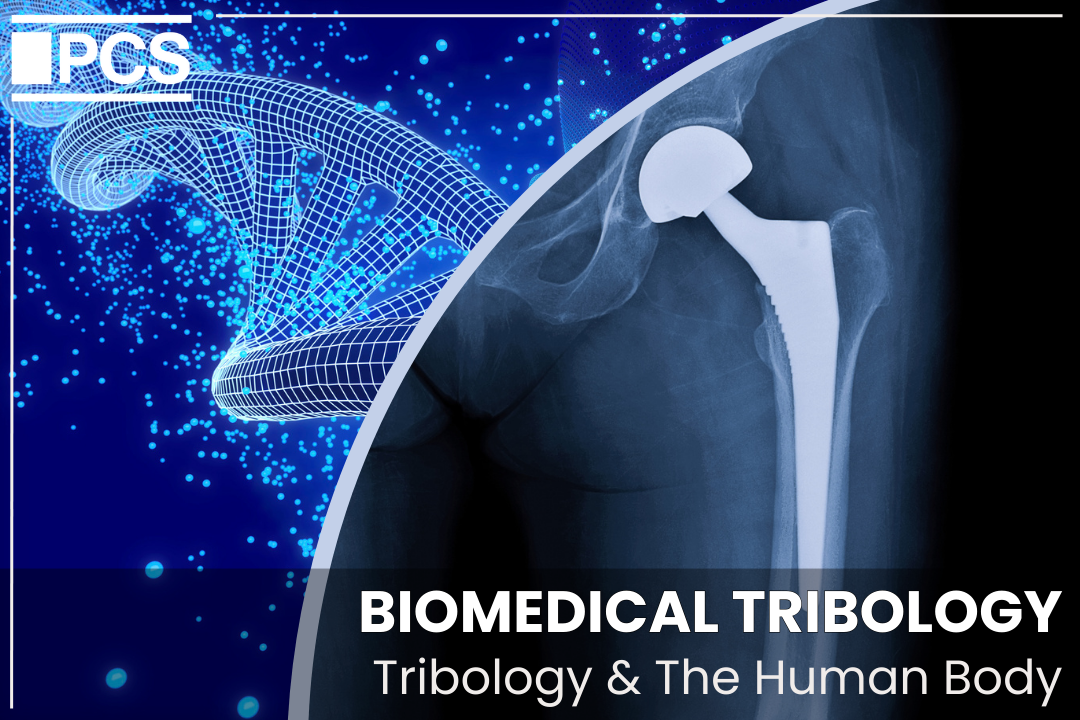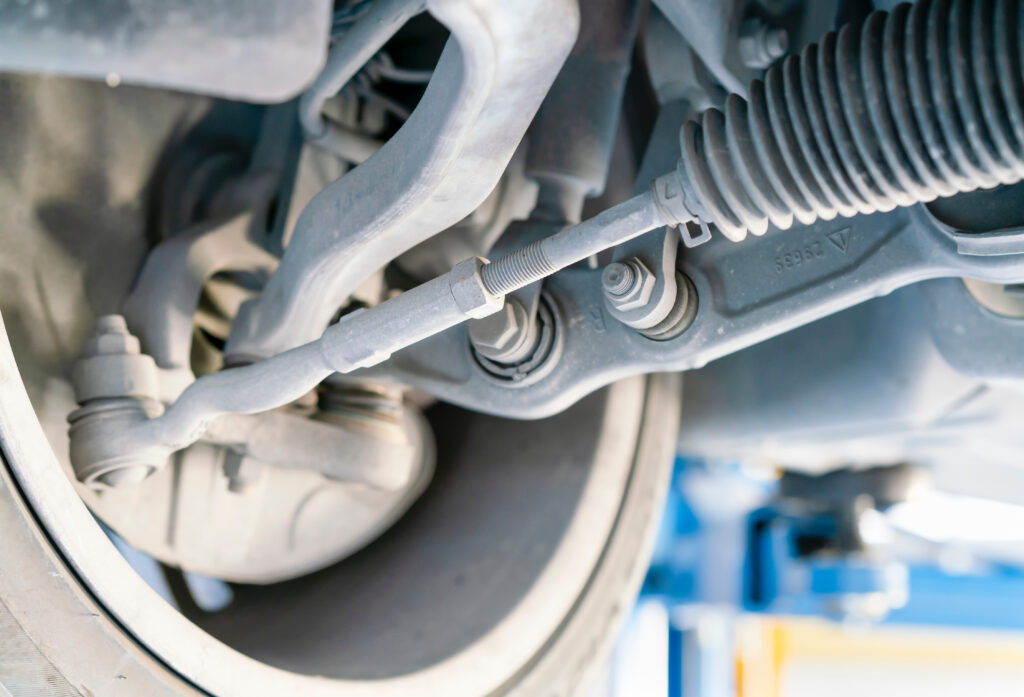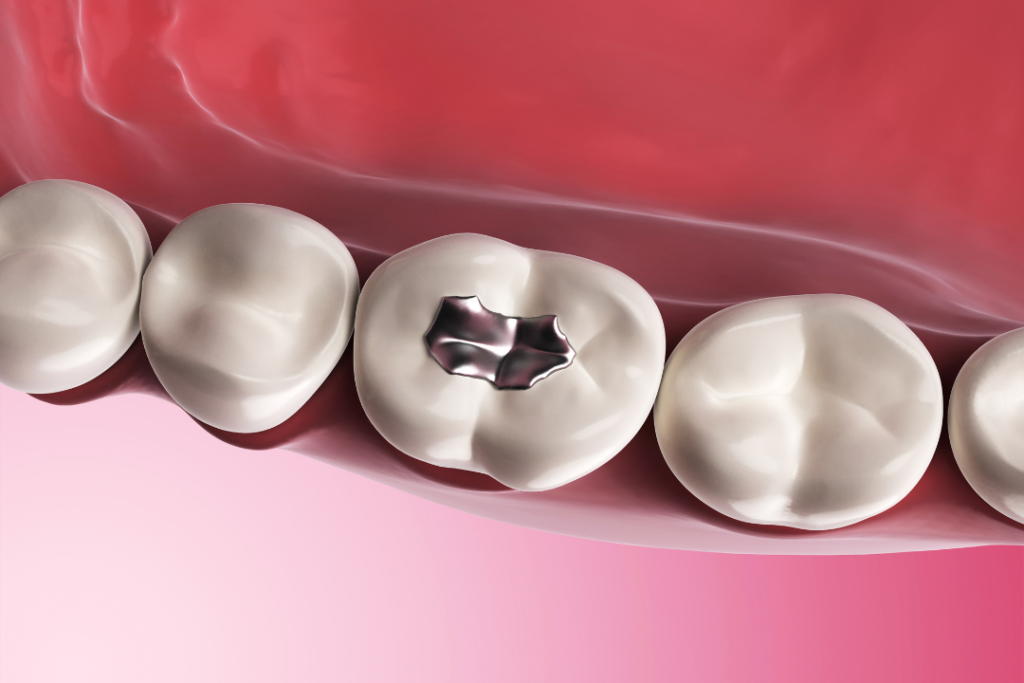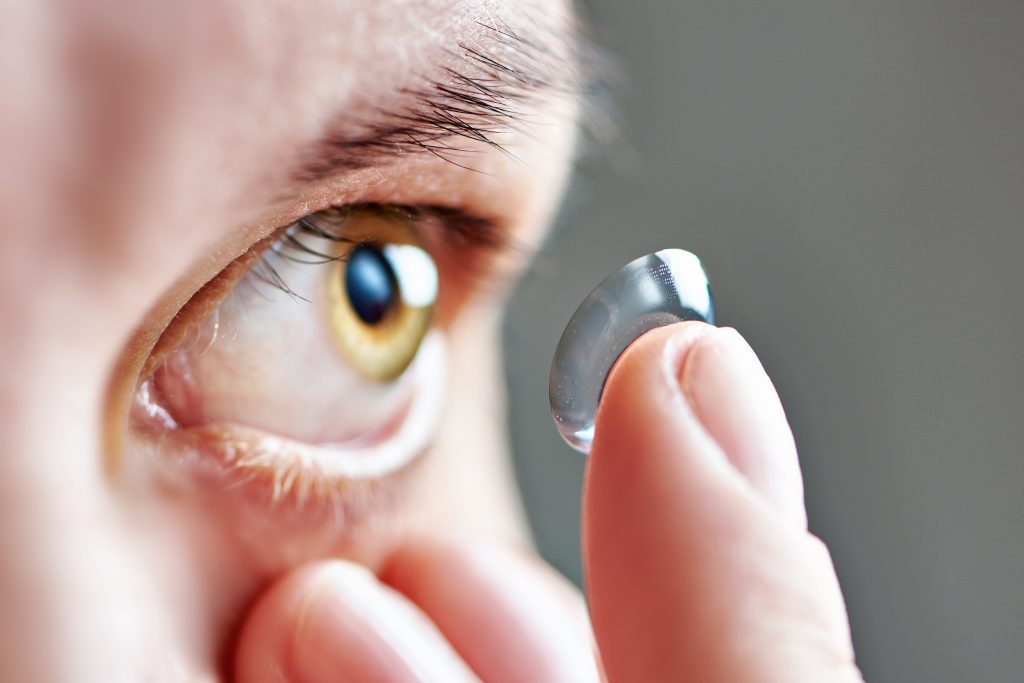Biomedical Tribology

If you were to describe tribology to a stranger, they would probably be correct in assuming that tribology is mostly concerned with the mechanical world – like engines, gears, and lubricants. But tribology actually plays a huge role in our everyday lives, even within our own bodies! This is where biotribology comes in.
Biotribology explores friction, wear, and lubrication within biological systems. This field encompasses research on a variety of natural biological processes, from joint movement and tissue interaction, to the mechanical behaviour of biological materials under various stress conditions. Biotribology is very closely linked to the ever changing and expanding field of biomedicine, and biomedical engineering.
In biomedical engineering, the mechanical performance of implants within a biochemical environment is of huge importance. Implants such as hip replacements must endure the stresses of daily activity and usage, just like those found in mechanical systems. Some mechanical systems even mirror our bodies – like the ball and socket joint found in our hips.

Biomedical Implants
These ball and socket mechanisms are found in a number of mechanical uses, for example in the ball joints which are the pivot between the wheels and suspension of a car. But where these joints operate within a mechanical system with its own challenges, implants such as hip-replacements do so within the complex and dynamic environment of our bodies.
Even though biomedical implants function in mechanically similar ways as those found in engineering, they face unique challenges due to their biological setting. Wear particles, metal ions from implants, cells, and fluids interact with these implants, setting up cycles of corrosion and wear that can lead to implant failure. This interaction is not merely a mechanical issue but a complex tribological challenge, as the materials must withstand both mechanical stresses and aggressive biochemical reactions.

The interaction of corrosion and wear – known as tribocorrosion – is a particular problem for metallic biomedical implants. Implant materials such as titanium, once popular for joint replacements due to its strength and bio-compatibility, can degrade through complex processes where mechanical wear and chemical corrosion enhance each other, leading to the release of metal ions and wear debris. This debris can provoke inflammatory reactions, leading to osteolysis (bone degradation) and implant failure.
As a result, materials like cobalt-chromium alloys and advanced ceramics have largely replaced titanium in joint replacement technologies. These alternatives offer superior wear resistance and reduced particle generation, enhancing the lifespan and performance of joint replacements and leading to better outcomes for patients!
Wider Biomedicine
However, the field of biomedical tribology is wide-ranging, not focused solely on implants like hip-replacements, and encompasses a much broader variety than you might think!
Biomaterials
This research area focuses on how synthetic and natural materials interact with biological systems. Scientists study the biocompatibility, degradation properties, and mechanical behaviours of materials used in medical devices and implants. Guaranteeing that these materials can function effectively within the human body without causing adverse reactions is essential for the development of safer and more effective medical products.
Dental Tribology

In dental tribology, researchers explore how different materials used in dentistry interact with the unique environment of the mouth. This includes studying wear resistance and frictional properties of materials used in dental implants, crowns, and even toothbrush bristles. The goal is to improve oral health products so that they not only last longer but also contribute to better oral hygiene and patient comfort.
Ocular Tribology

The comfort and functionality of ocular devices – particularly contact lenses – depend a lot on their tribological properties. Research here is focused on understanding how materials interact with the ocular surface and eyelids. This is crucial for designing lenses that minimise discomfort, reduce the risk of infections, and provide optimal visual clarity. Studies often focus on the lubrication mechanisms between the lens and the eye to enhance the wear-ability of contact lenses.
Orthopaedics
Orthopaedic tribology involves the study of how bones, muscles and tissues interact, particularly in conditions such as arthritis. This includes analysing the effects of mechanical stresses on joints and the surrounding tissues. The aim is to develop treatments and interventions that can alleviate pain and restore mobility. Understanding the tribological interactions within the musculoskeletal system can also help in designing better prosthetic devices that mimic natural movement more closely.
Pharmaceuticals

The interaction of pharmaceuticals with the human body is a critical area of study in biomedical tribology. Research focuses on how drugs in various forms (pills, capsules, liquids) move through and interact with different parts of the gastrointestinal tract. This helps in optimising drug formulations to enhance their effectiveness, improve patient compliance, and minimise side effects. Tribological studies can determine the best materials and coatings for tablets to make sure they dissolve at the correct rate and location within the body. Oral tribology is also important here, as the sensory perception of medicinal liquids in the mouth can help patients with the sensory experience of drinking sometimes less-than-tasty liquids!
The scope of biomedical tribology extends beyond the specifics of implants and reaches into almost every medical application where mechanical and biological systems interact. From enhancing the wear resistance of joint replacements to optimising the sensory experience of oral pharmaceuticals, biomedical tribology plays a key role in improving both the functionality and comfort of medical treatments.
Biomedical tribology not only addresses mechanical durability but also focuses on the compatibility of materials within the complex biochemical environment of the human body. This integrative approach is crucial for advancing healthcare technologies and making sure that medical devices and treatments are not only effective, but also safe and reliable for long-term use.
To stay updated with the newest industry insights through our articles and news, click here!
